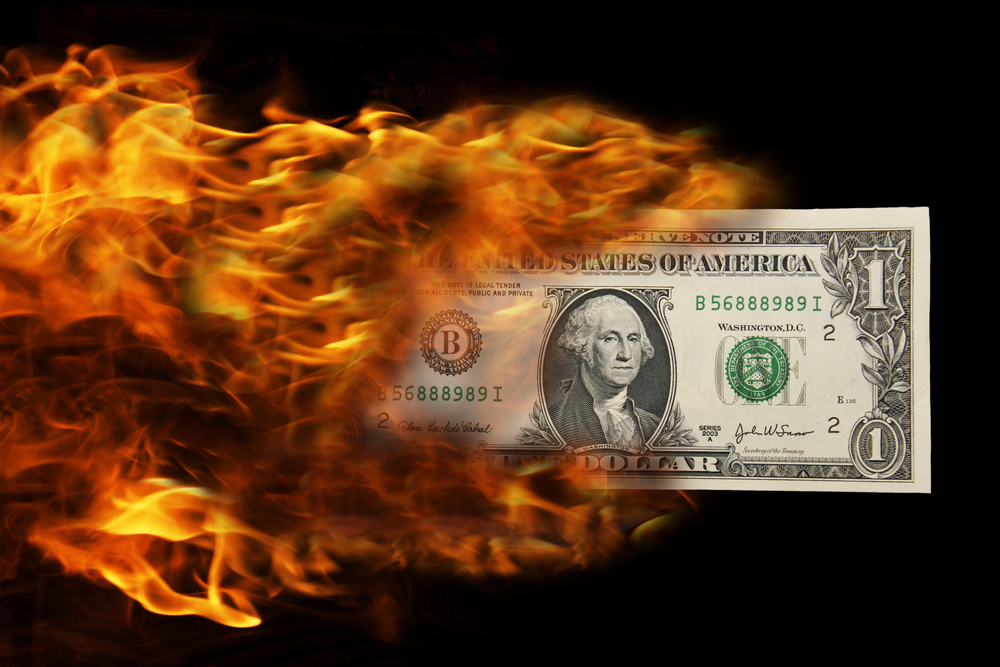There was an illuminating interview with former Federal Reserve Chair Paul Volcker on FT Alphaville this week. The article notes that Volcker frequently dissented “when William Miller was briefly Fed chair before him.” I found the following exchange particularly interesting: Volcker “Well, if you’re the chairman you always like to have a consensus; if you’re opposed you think it’s a healthy thing to oppose! There’s a little too much opposition these days. Now they have a system: they oppose in public before the meeting but they don’t oppose at the [FOMC] meeting.”
FT: The reverse of what you had back then.”
PV: The reverse, exactly.
What’s interesting is that all the Federal Reserve Regional Presidents and other Fed board members give speeches, and in recent history it’s often difficult to discern a cohesive message. Granted, this has been a difficult and rocky period for monetary policy across the globe. In late March, Chair Yellen gave a rather dovish speech. Since then, Williams, Harker and even Dudley have allowed the possibility of 2 to 3 hikes this year. The message from the Fed has become somewhat more muddled. My belief is that there’s such a thing as being TOO open, and that hawkish members are needlessly expressing opinions publicly, rather than making their arguments in private. My sense is that the social mood has shifted in support of strong institutions and leaders, and the Fed is falling short on that score. Does that mean that monetary policy has become untethered and is sowing seeds of future volatility? Probably not, but odds are edging that way. The interest rate curve has been dismissing the Fed’s warnings (or I should say, the warnings of some Fed members), for quite some time. The flatness of the yield curve, with the 2/10 treasury spread at just 95 bps, the lowest since 2007, suggests the market does not buy into the narrative of increasing inflation or of sustained economic growth. Sometimes, it’s better to shroud the decision making process behind plumes of cigar smoke, so that risk, in general, is priced high enough to leave a cushion for shocks.
Alex Manzara




